City Of Tiny Lights Review
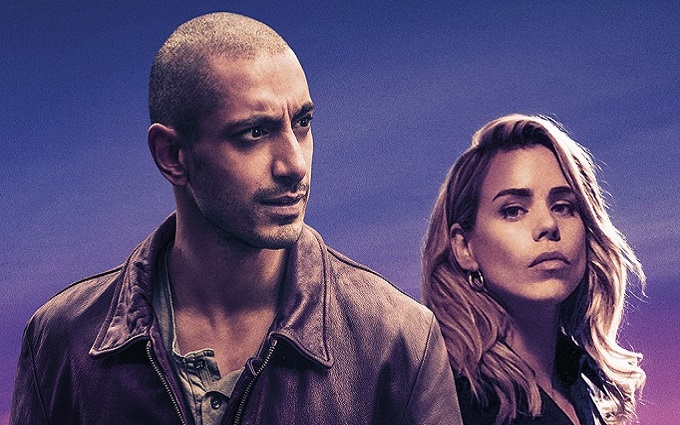
The Plot
A London private detective is paid to search for a missing girl, but his routine case soon escalates into a murky web of murder and international espionage. He also finds faces form his past forcing him to revisit past personal traumas.
The Good
Played out on the permanently rain drenched streets of London’s less glamorous side, City Of Tiny Lights does a fine job of making the very most of stretching a modest budget with some well-crafted film noir cinematography and carefully chosen locations. The film manages to adeptly homage all the familiar tropes of the classic detective tale but replaces American clichés with something more distinctly British.
Leading man Riz Ahmed is a perfect example of the film’s ability to inject some genuinely unique qualities into a genre too often ruined by over familiarity. Ahmed is rapidly emerging as a breakthrough trans-Atlantic talent with obvious justification. He once again turns in a performance good enough to elevate his scenes into something far more intriguing and nuanced. His diminutive frame and ethnicity already innately defy tired genre stereotypes, but likewise they shouldn’t distract from a generally strong display of acting prowess. Ahmed’s innately watchable screen presence is a strange blend of kind hearted vulnerability and worldly apathy.
The film as a whole eschews convention and pushes hard to be something at least partly original as opposed to merely pantomiming the film noir playbook. At times, particularly when laced with effective humour the film does manage to achieve those laudable ambitions. In particular it’s refreshing to see the film handle British Asian culture as a backdrop to a standard detective yarn, without allowing that to ever become a heavy handed sole focus of proceedings.
The Bad
While the film does well to maintain high quality production values and keep the story for the most part grounded in a fairly convincing reality, inevitably as the film slides into its third act some of its plot twist become a little more predictable and melodramatic. Also despite the film’s best intentions it’s hard to ignore that fact that the sprawling scale and seedy glamour of LA does makes for a somewhat more epic backdrop for classic detective drama than a central London wine bar or a small semi-detached house. Even with the cloak of night-time darkness a liberal use of wide angle cityscapes London still feels a little too real to be the setting for film noir fantasy, especially for British audiences.
The film’s efforts to tie present day proceedings with a childhood trauma suffered by Ahmed’s hard drinking detective and his teenage friends does feel a little laboured as the film progresses. Persistent flashbacks to younger version of Ahmed and Billie Piper’s characters are too frequent and ruined to an extent by a failure to find younger actors able to physically match their older selves. In particular Piper’s distinctive Cheshire cat grin is noticeably absent in the younger version of her character. Such distractions would be more forgivable for one brief flashback but given the frequency and narrative importance of these scenes it’s disappointing that neither version of the characters create any convincing continuity.
It also doesn’t help that Billie Piper is largely reduced to spectator duties throughout her brief screen time and that Riz Ahmed is the only cast member to really be given any opportunity to create a performance of any depth.
Having done well to establish some good early momentum and intrigue it’s also fair to say that the longer the film goes on for the further ahead of the plot the audiences become. By the climax of the story any attentive audience will unfortunately be easily predicting every supposedly dramatic twist.
The Ugly Truth
City Of Tiny Lights boasts a typically strong performance from rapidly rising star Riz Ahmed, it also manages to deliver a surprisingly well produced British version of a typical classic American crime genre. The film grasps audience attention with relative firmness throughout.
Review by Russell Nelson
An American In Paris Review
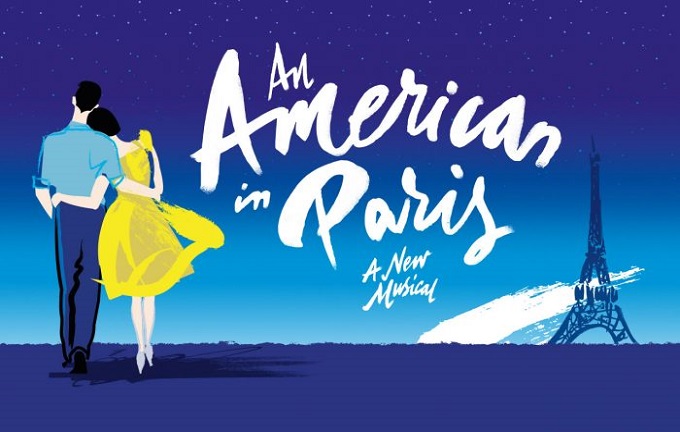
The Plot
In Paris during the immediate aftermath of World War 2 an artist, a singer and a composer each find themselves falling for the same mysterious and beautiful young dancer. The three friends purse the object of their affection in very different ways while she in turn wrestles with the conflict between true love and other obligations.
The Good
An American In Paris has already been immortalized on screen in the classic Gene Kelly Film, this new production brings the timeless masterpiece back to the heart of the West End, offering a whole new generation of fans the chance to enjoy a beautifully realised and utterly iconic story.
Showcasing a dazzling costume and set design that bursts with colourful joy this new production is a powerful and unique fusion of classic score, flawless choreography and deeply romantic imagery. Those audiences that recently made La La Land a towering box office hit will find an even more faithful homage to the iconic screen and stage musicals of the past in this note perfect production.
While movie musicals do offer fans a wonderful experience and the Gene Kelly version of this show remains a beloved favourite there is simply nothing that can match or truly replicate the wondrous experience of live theatre. Innovative production design and one of the finest theatre venues in London lend an extra dimension of magic to this particular performance.
George Gershwin’s timeless score is instantly familiar, but experienced live with the full weight of a whimsical orchestra remains the ultimate way to revel in its charming delights. Songs like ‘I Got Rhythm’ ‘S’Wonderful’ and ‘Love Is Here To Stay’ are crowd pleasing treats for certain. However, the legendary show stopping and balletic climax to proceedings undoubtedly remains the productions most memorable achievement.
The entire cast is equally deserving of fine praise, however of course special mention must go to the core team of David Seadon-Young, Haydn Oakley, Robert Fairchild and Leanna Cope. Cope’s elegant dancing and timid charms provide a credible object of affection for all three male leads, who in turn inject personality and passion into each of their would be suiters. Though the show does deal with wider themes and makes the most of its sensitive historical setting at its heart it remains a story built around a compelling romantic triangle. Though scene stealing comedy does come from supporting talents like Jane Asher and Zoe Rainey, the show is till most fundamentally reliant on astonishing performances from its central romantic pairing.
The Bad
It’s a rare delight to find a production so lacking in flaws. It’s also difficult to imagine how this production could better capture the enduring charm of this particular music and story. Those that prefer a more contemporary twist on the traditions of classic musicals may not enjoy this dazzling spectacle of nostalgic celebration quite as much as others, but even they can have little to sincerely complain about.
The Ugly Truth
An American In Paris is an essential West End delight that should enchant everyone with its colourful fusion of ballet, music, comedy and romance. With a slew of iconic recognisable songs and astonishingly gifted performances form a sensational cast it is the very best that London’s Theatre district can ever hope to offer.
Review by Russell Nelson
Get Out Review
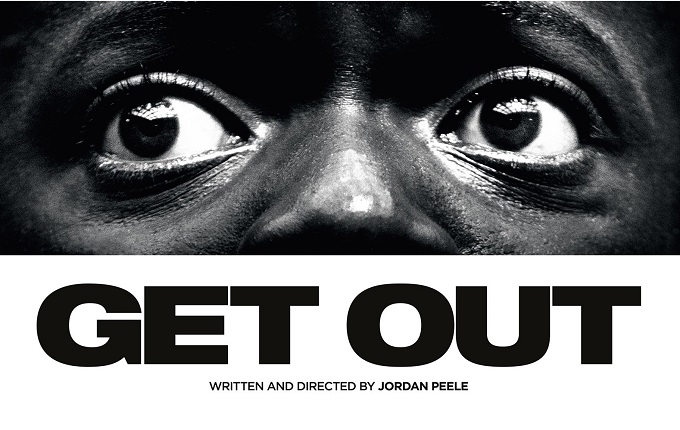
The Plot
An African American man (Daniel Kaluuya) visits his white girlfriend’s (Allison Williams) family for the weekend. But things soon start getting spooky when her family’s hired help start acting out…
The Good
Writer/director Jordan Peele – one half of comedy duo Key and Peele – brings a sharp witted, spine-tingling horror film to the screen in what is sure to become an instant classic. When Chris (Kaluuya) and his girlfriend, Rose (Williams) visit her family’s estate, paranoia soon sets in with him as their attitude towards him becomes increasingly creepier.
Opening with a scene in which a (literal) run-in with a deer results in a police call-out where Chris is instantly singled out despite not being the driver, Peele’s script continues with some all too familiar racial stereotyping. As he begins to meet his unofficial in-laws played by Catherine Keener and Bradley Whitford (who ensures Chris that he would’ve voted for Obama a third time if he could!) he soon feels outnumbered as, even with the black maid and handyman roaming around the house, he’s still paraded around the party at an annual get-together attended by a sea of old white people.
It’s a slow burner but the deeper Get Out gets, the more intrigue and chills it brings with it. While Peele is known mostly for his comedy work, coming off the back of last years Keanu with Keegan Michael-Key who also star alongside each other in their hit sketch show, the comedy in Get Out never feels shoehorned in and instead just elevates the plot to a realistic sense that would have otherwise been missing as the paranoia becomes ever more ridiculous. This is thanks partly to the comedic talents of LilRel Howrey as Chris’ friend/comic relief.
But if Peele is the off-screen standout of the film, Kaluuya is undoubtedly the face to remember. Recognisably to British audiences mainly for his lead role in an episode of Charlie Brooker’s Black Mirror, his performance in Get Out is further proof that he has what it takes as an actor.
The Bad
There’s really nothing negative to report for Get Out. Peele’s script gives the most entertaining thriller in a long while. The more impatient viewer might be waylaid with the slow burn of Peele’s script but I promise, if you wait you’ll come to the same glowing conclusion as me.
The Ugly Truth
Jordan Peele proves that he is not just a funny man, but a damn fine director too. Mixing horror and humour brilliantly in a film that not only leaves you thinking about its social commentary but will also leave you with a shiver down your spine for a good while.
Review by Johnny Ellis
Gleason Review
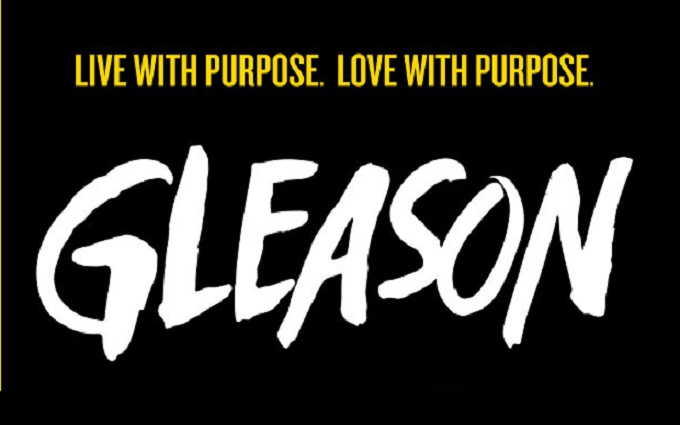
The Plot
After being diagnosed with Motor Neurone Disease, retired footballer begins to make a video diary for his unborn son.
The Good
Those of us in the UK may not know the name of Steve Gleason, but for America, his name is an important one. Following a diagnosis of Motor Neurone Disease (or ALS/Lou Gehrig’s Disease as it is also known), the titular subject of this documentary, retired footballer Steve Gleason starts filming video diary entries for both his unborn son and to raise awareness of the disease as he struggles with it. As the film and ultimately his diagnosis progresses, he faces issues including his faith and the struggles his disease brings upon his family.
Director Clay Tweel (Finders Keepers) manages to bring Gleasons life to the screen in this documentary which is as heart-breaking as it is uplifting. Using footage from his video diaries as well as interviews with his wife and family and fly-on-the-wall scenes, Gleason is without a doubt a struggle to get through even for those unfamiliar with both the person and the subject, but it is presented with a beautiful sense of closeness that otherwise would have been easily missing. There are scenes which are tough to watch, such as his heart to heart with his father discussing their differences of opinions regarding death and religion. But for every difficult scene there is an uplifting one soon to follow. Gleason’s story is one which will no doubt resonate with many and for the luckier viewers who have no prior knowledge of ALS, it certainly raises awareness in a brutally honest approach.
The Bad
There really is nothing negative to report on Gleason. The only possible downside could be it’s affect on certain audience members. Those who have known or still know someone suffering through this heart-breaking disease, which results in sufferers losing their ability to move, speak and, eventually breathe, may have a tougher time than others when watching this documentary, but it is highly unlikely to offend.
The Ugly Truth
Tweel has managed to bring the life of Steve Gleeson to the screen in a brutally honest way which, with the help of Gleason’s video diary entries, ensures it is as respectful as possible. For a documentary about a man who has been working to raise awareness to ALS, even having his name on a US law related to it, Gleason couldn’t be more perfect.
Review by Johnny Ellis
Beauty And The Beast Review
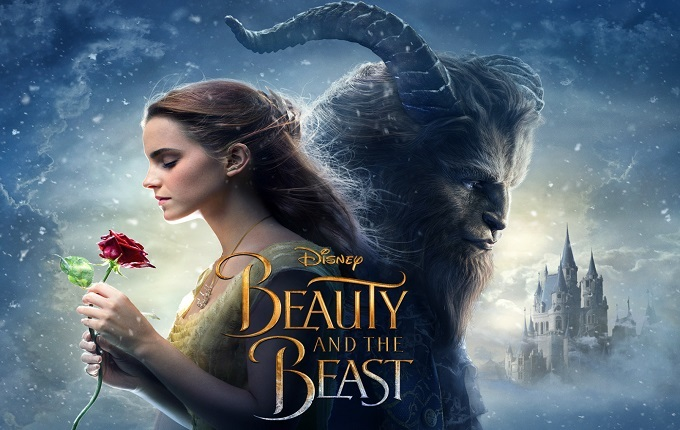
The Plot
In the familiar tale as old as time, a beautiful girl finds herself trapped in an enchanted castle with a selfish prince who has been turned into a Beast. Seizing the opportunity the castle’s magical servants try their best to fan the unlikely flames of love between the mismatched pair in order to break the spell that binds them all.
The Good
Beauty and The Beast is a very faithful and inevitably lucrative adaptation of one of Disney’s most beloved and universally celebrated modern animated classics. The timeless core story remains fundamentally compelling and romantically satisfying.
Emma Watson proves her vocal prowess with a strong musical performance as heroine Belle. Meanwhile fellow British star Luke Evans in particular is a magnificently boisterous fit for the brutish Gaston, the self-proclaimed village heartthrob determined to claim Belle’s hand in marriage by any means necessary and in spite of her extreme reluctance. The further vocal talents of Ewan McGregor, Ian McKellen and Emma Thompson pour fresh life into their already familiar characters, helping this new version to recapture much of the magical charm of the previous cartoon.
Those with especially fond memories of the animated film will welcome the new film’s faithful parade of all its key moments and songs. Gaston’s ode to himself, the enchanting ‘Be Our Guest’ and the film’s memorable romantic refrain ‘Tale as Old as Time’ are among the iconic highlights painstakingly recreated with live actors and photo-realistic modern animation.
The new film boasts a joyously colourful production value and all-star cast that few but Disney is truly capable of offering. Those that truly love the original will be delighted to see so little changed and to have a fresh chance to introduce the magic of Disney to their own children and a new generation of fans.
The Bad
Disney continues to unapologetically plunder its extensive back catalogue of classic animated stories for the guaranteed box office success of live action adaptations. While their Sleeping Beauty re-imagining Maleficent at least made efforts to approach the overly familiar material form a fresh perspective, this new version of Beauty and The Beast literally only serves as a scene by scene copy of the original fan favourite.
It’s also worth noting that although this is indeed ostensibly a ‘live action’ version, as the Beast and the rest of the castle’s enchanted inhabitants are actually fully CGI creations the truth is most of the films key scenes are actually largely or even fully animated. As a key example the crowd pleasing ‘Be Our Guest’ dining table musical number remains entirely a work of colourful animation with the solitary exception of Emma Watson’s awed expression. Given the exquisite perfection of the original cartoon version it is questionable how much a more photorealistic animated version truly adds to proceedings.
The film’s occasional efforts to slip in some extra social justice themes are either awkwardly heavy handed or so barely noticeable that they remain utterly trivial. Belle being bullied by the French townsfolk for trying to teach a young girl to read is an awkward attempt to openly polish the film’s feminist credentials.
In contrast the supposed gay subplot surrounding Josh Gad’s turn as Gaston’s faithful sidekick Le Fou turns out to have been bizarrely overhyped. Amid bold talk of a gay love scene that saw the film banned outright or given restrictive releases in some countries the reality is literally a split second of incidental background dancing. Only the filmmakers will know if more meaningful material was filmed but ended up on the cutting room floor.
While much like the animated original the film does much make frequent jokes at the expense of Le Fou’s simpering admiration for Gaston, this is typical treatment for villain’s comedy sidekicks and certainly nothing as ground-breaking and controversial as audiences may expect in the wake of so much utterly unnecessary media hype.
Live action adaptation is also not without other specific draw backs. Cartoon films frequently get away with having stories set in 17th Century France but voiced by a muddled bag of Anglo-American accents and thick Gallic stereotypes. Unfortunately in the real world as opposed to a purely cartoon creation those inexplicable juxtapositions become all the more jarring.
Emma Watson slips in the occasional Bonjour Monsieur with all the linguistic subtlety of a nervous GCSE student, but her clipped British tones are still pure Hermione Granger. It’s a distracting contrast with the quintessentially French exuberance of for example Ewan McGregor’s singing Candelabra.
While McGregor, Luke Evans and the rest of the all-star supporting cast relish in their roles in truth the central paring of Emma Watson’s Belle and Dan Steven’s full CGI Beast are far less successful embodiments of the beloved animated characters. Neither is an especially good visual fit for the roles and although Steven’s can at least blame animators for changing the Beast’s appearance Watson has less excuse for a mostly stilted performance.
Though Watson’s impressive singing voice is more than adequate for the musical numbers her acting style has sadly not progressed much from the awkward gasping theatricality and blank expressions evidenced throughout the Harry Potter franchise.
The Ugly Truth
While overall the film will likely delight younger audiences experiencing this iconic story for the first time, older fans will almost certainly be left somewhat underwhelmed by what is at best merely a mostly competent approximation of their most special childhood cartoon memories.
Review by Russell Nelson